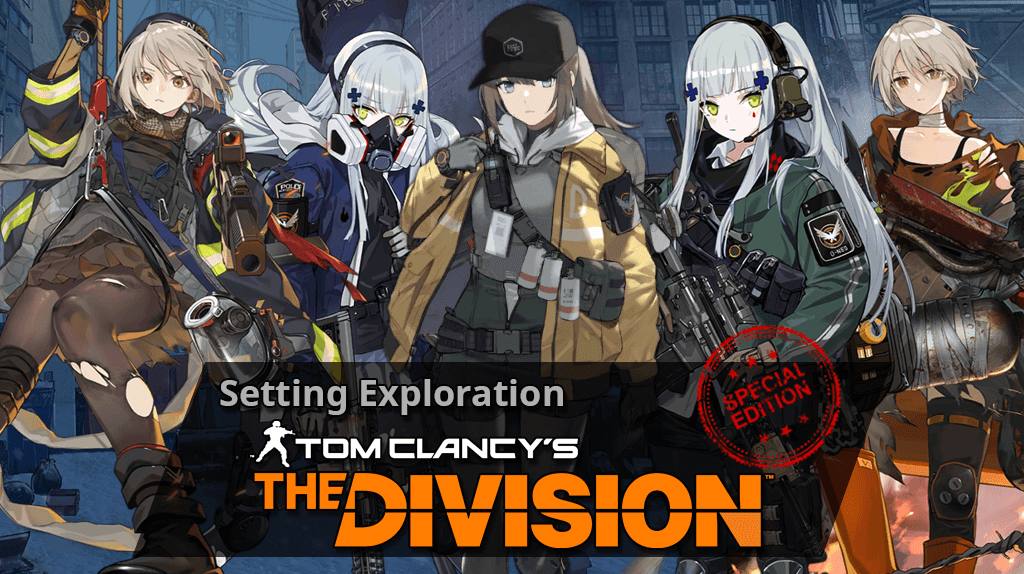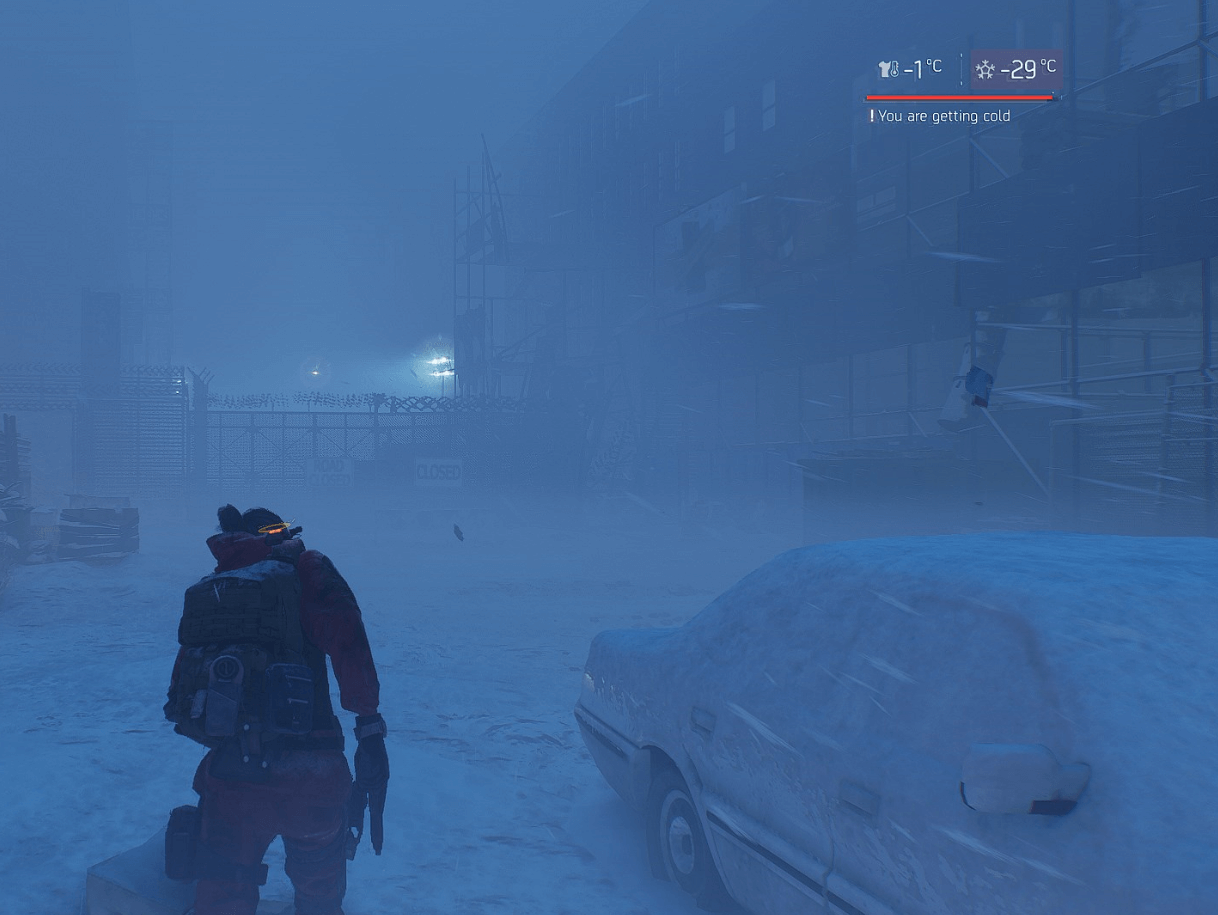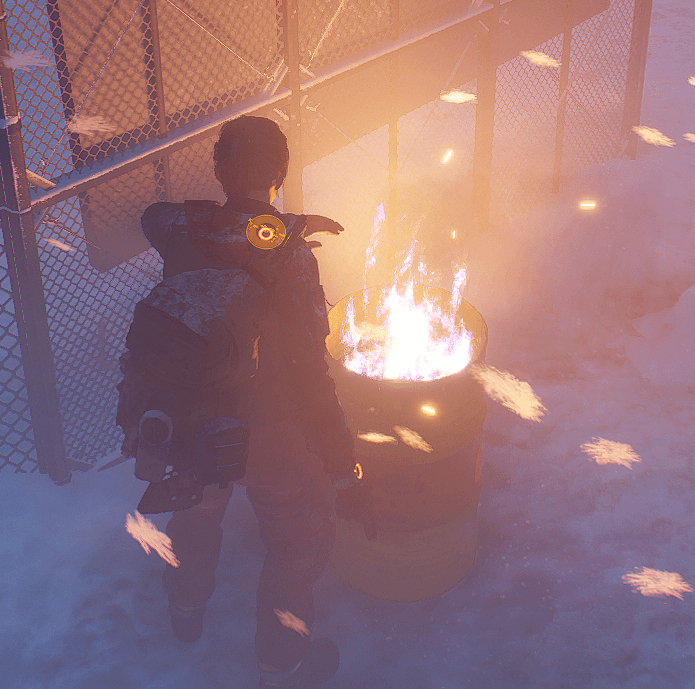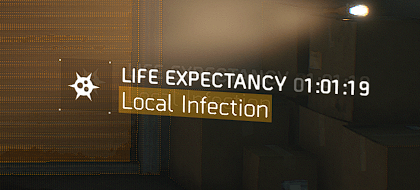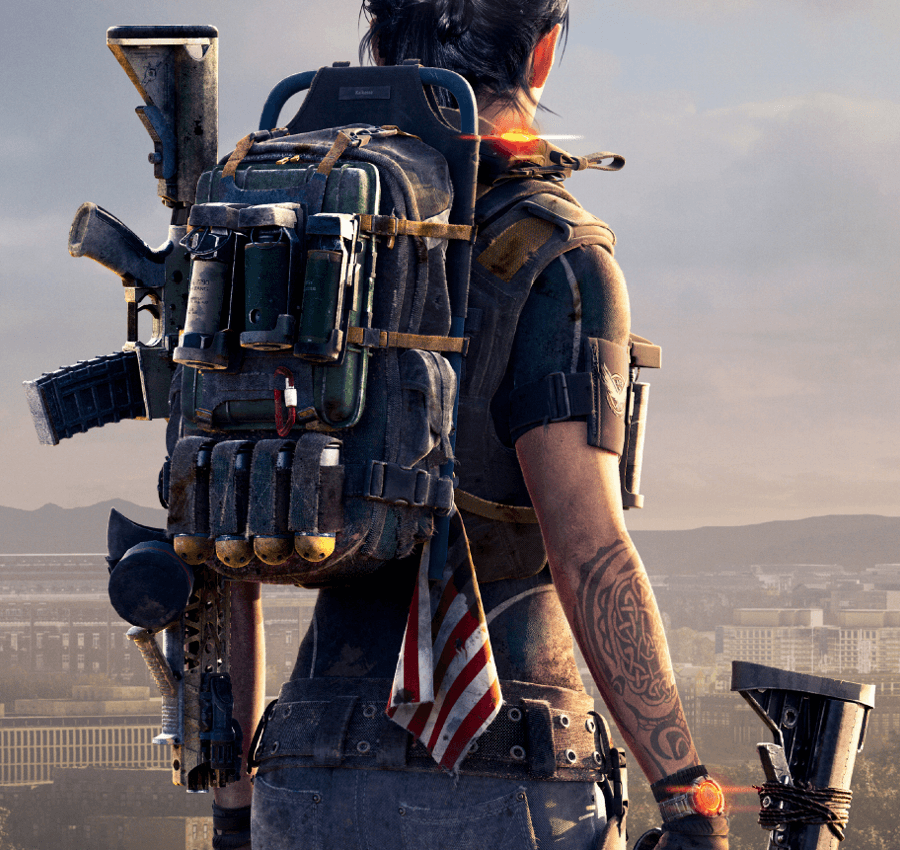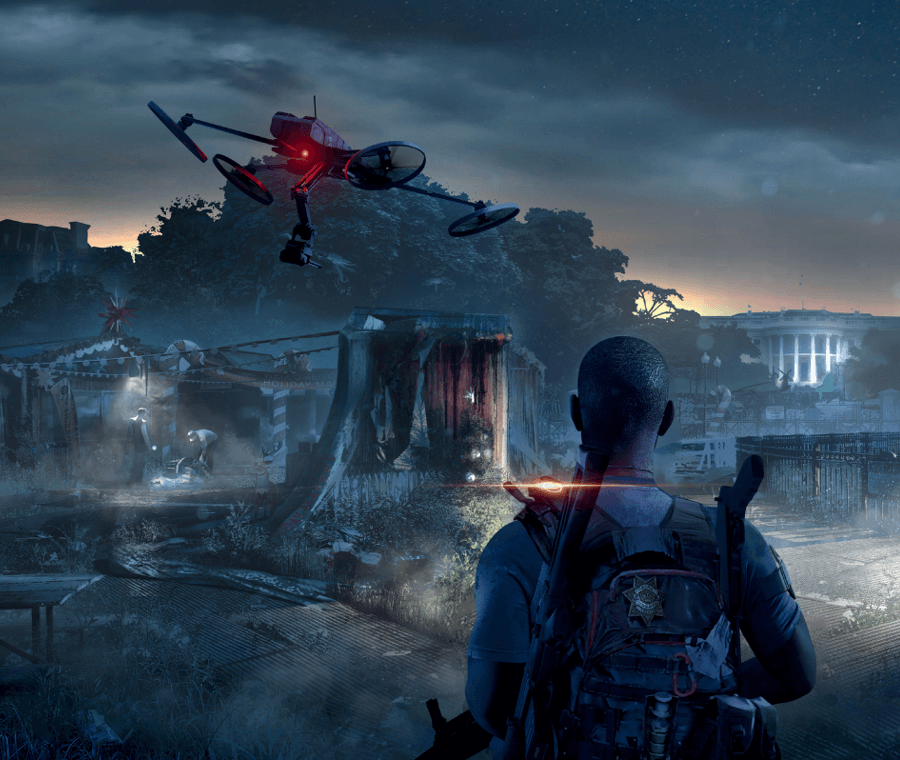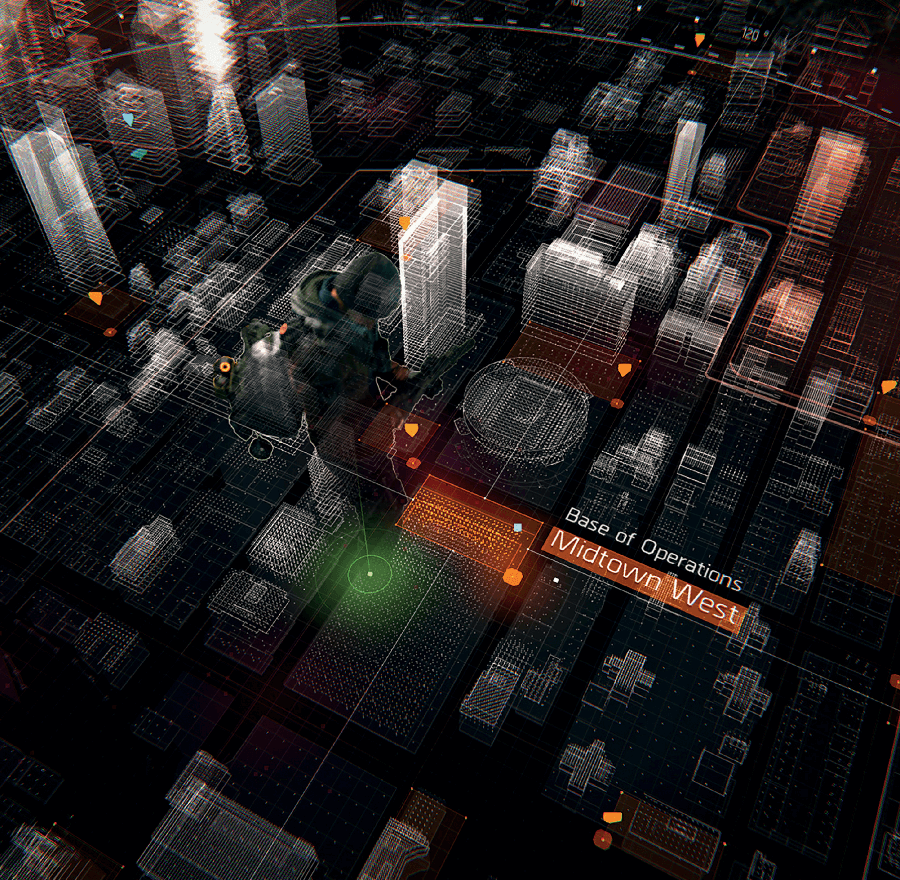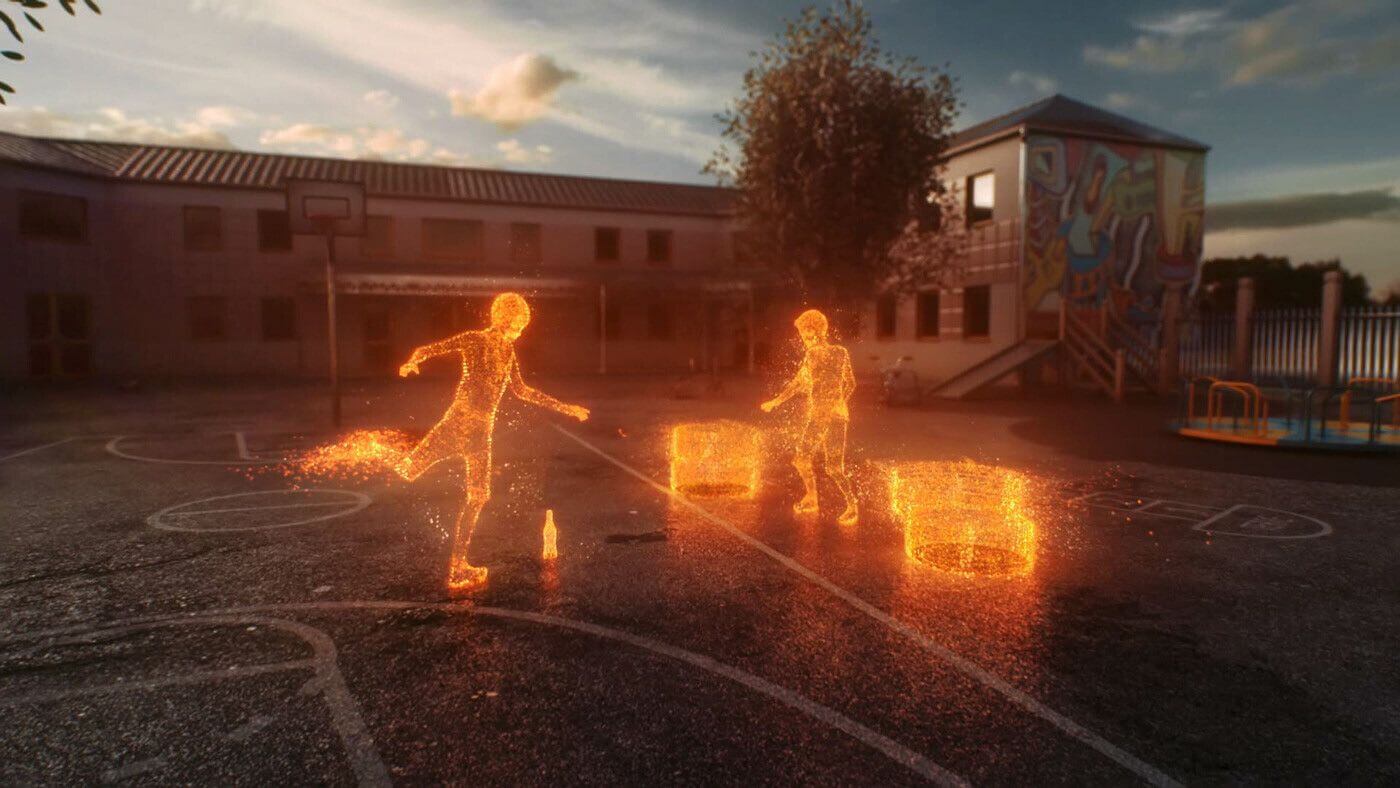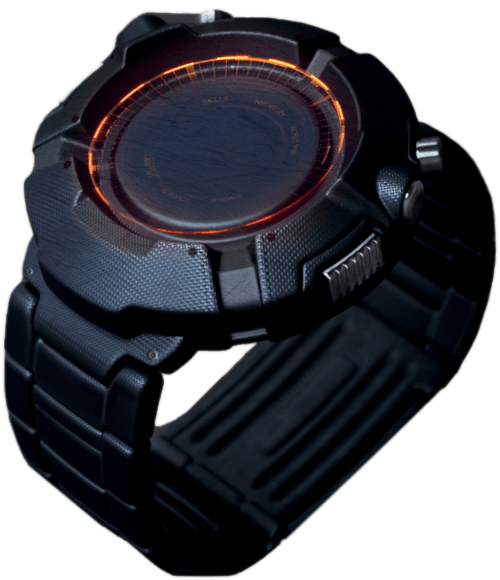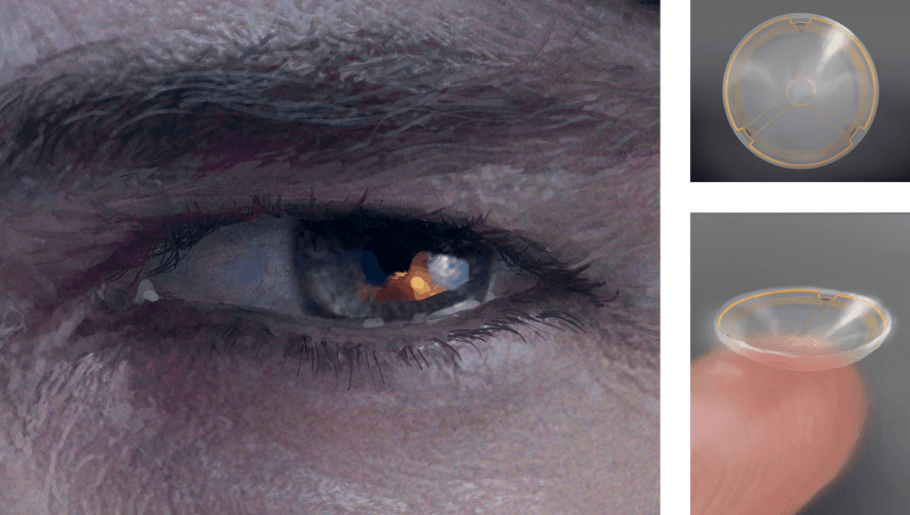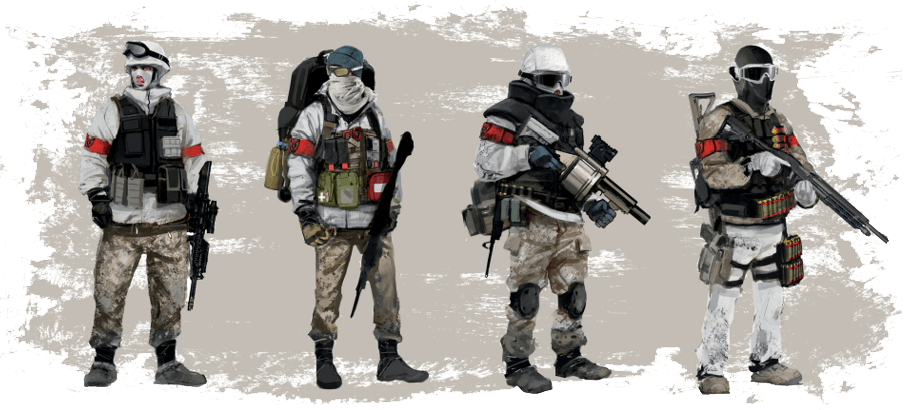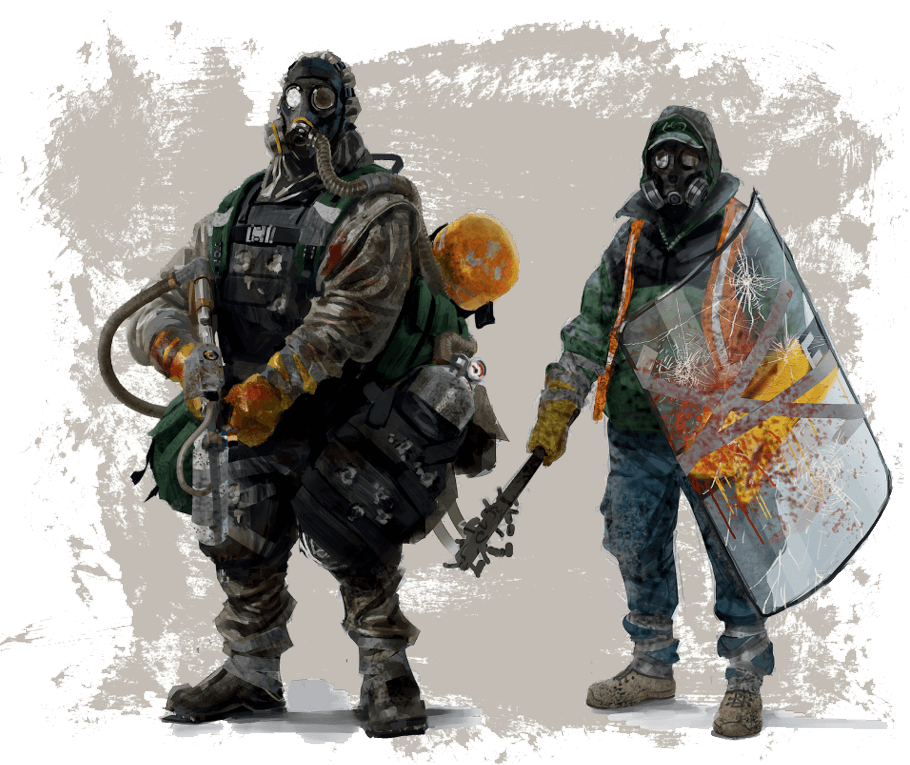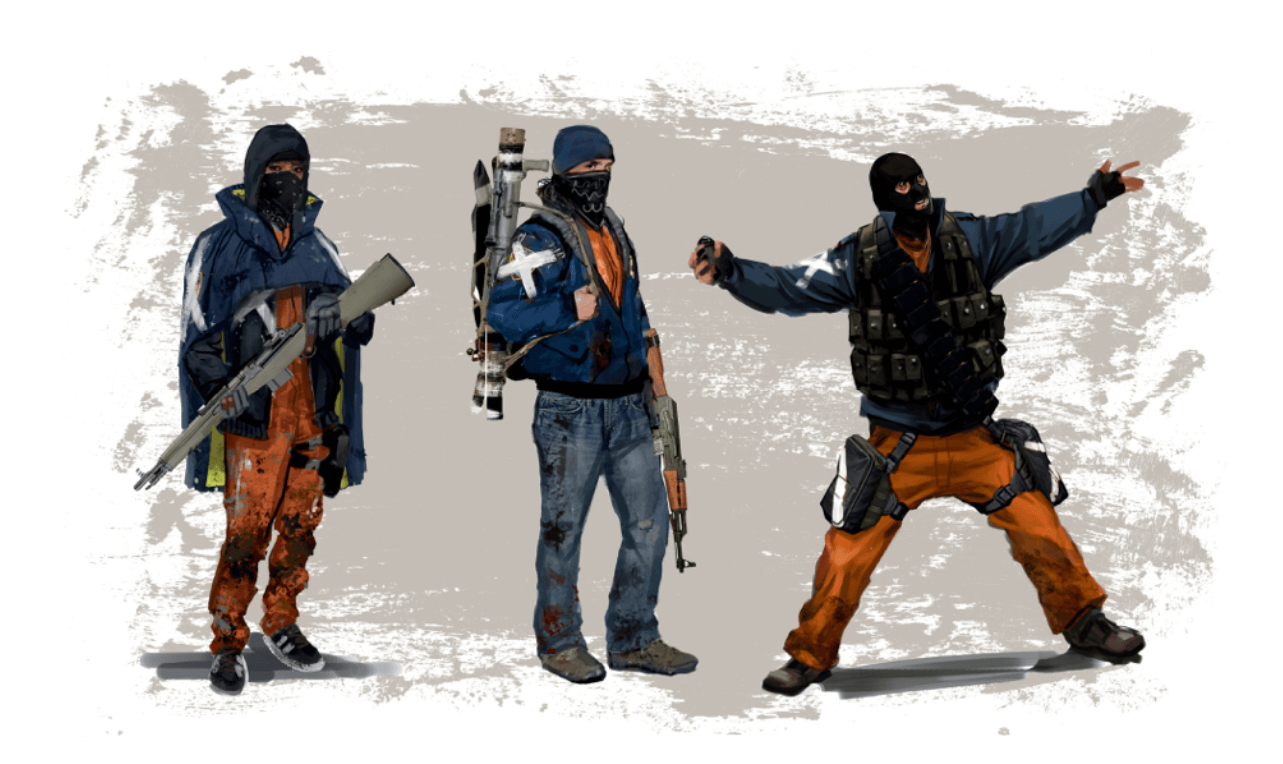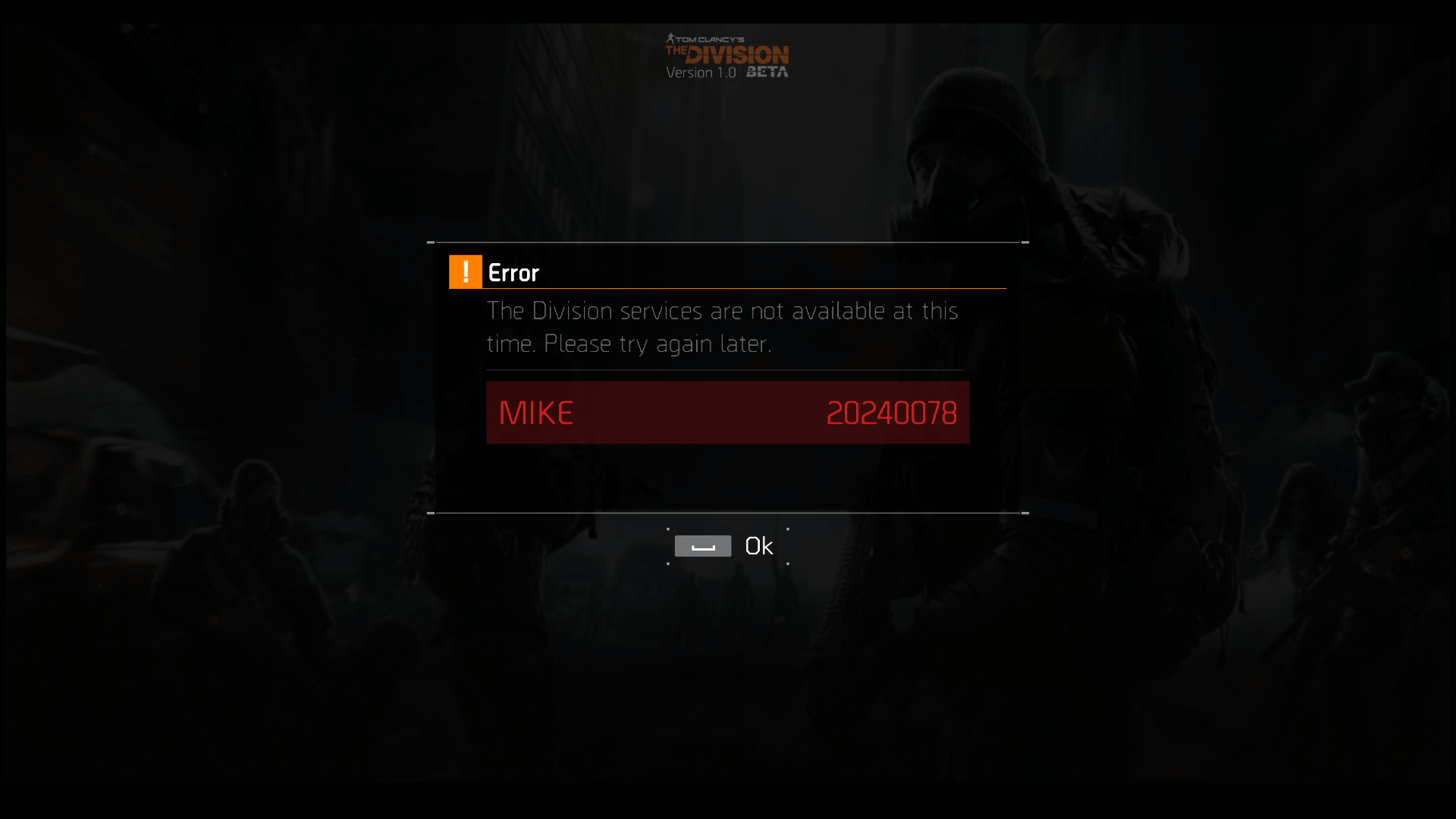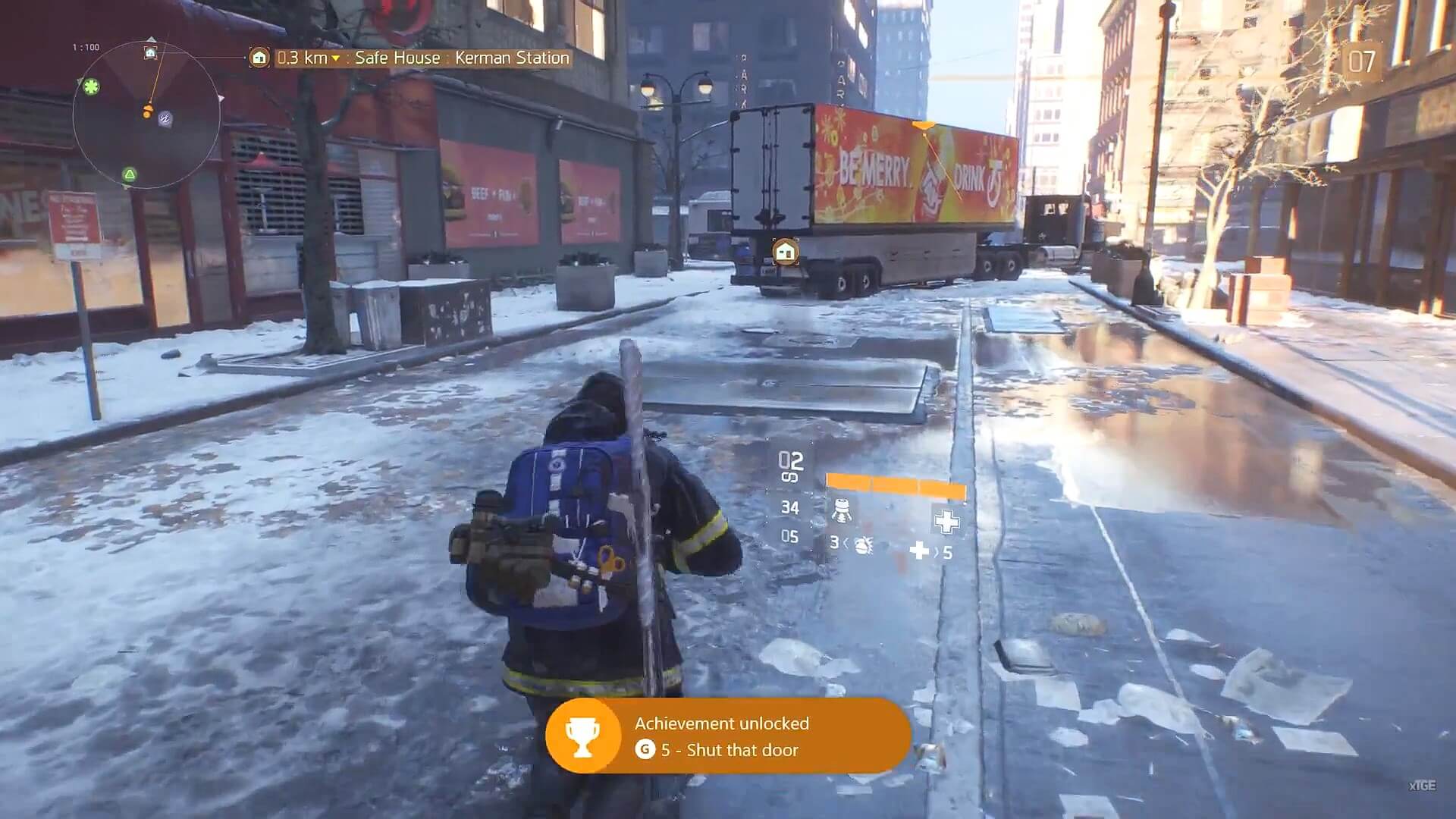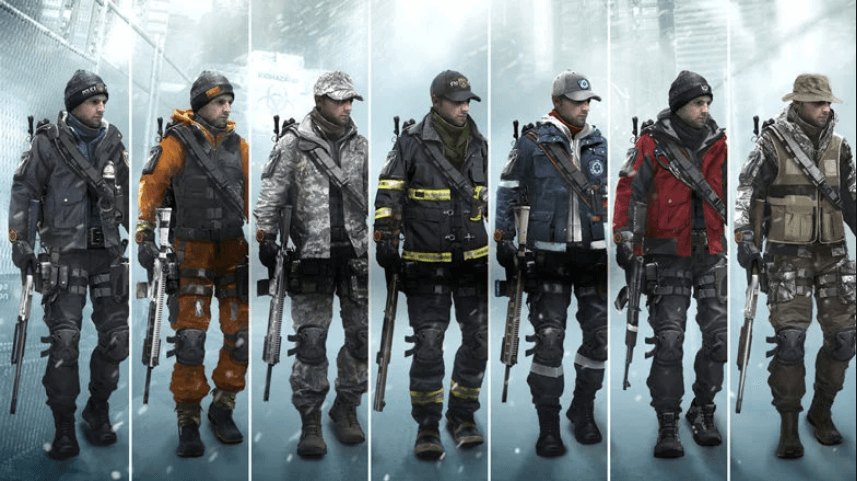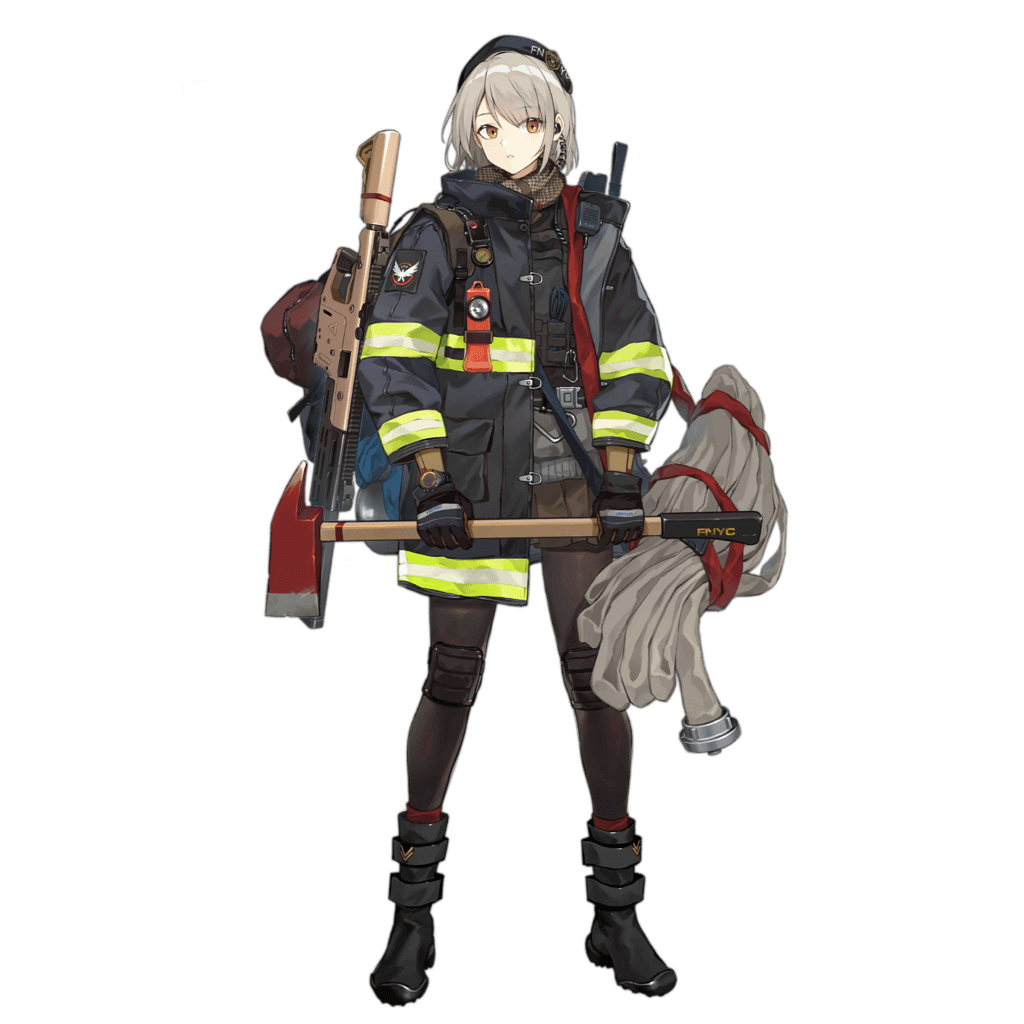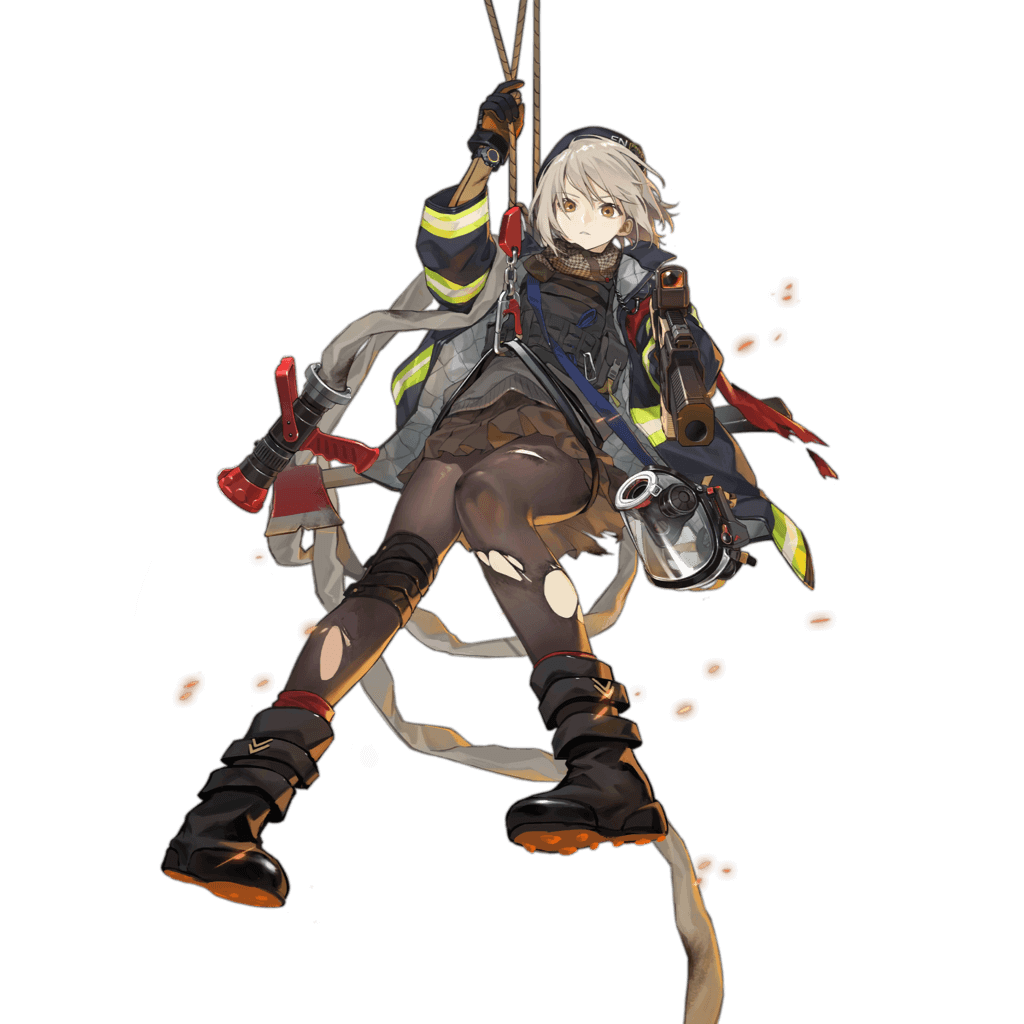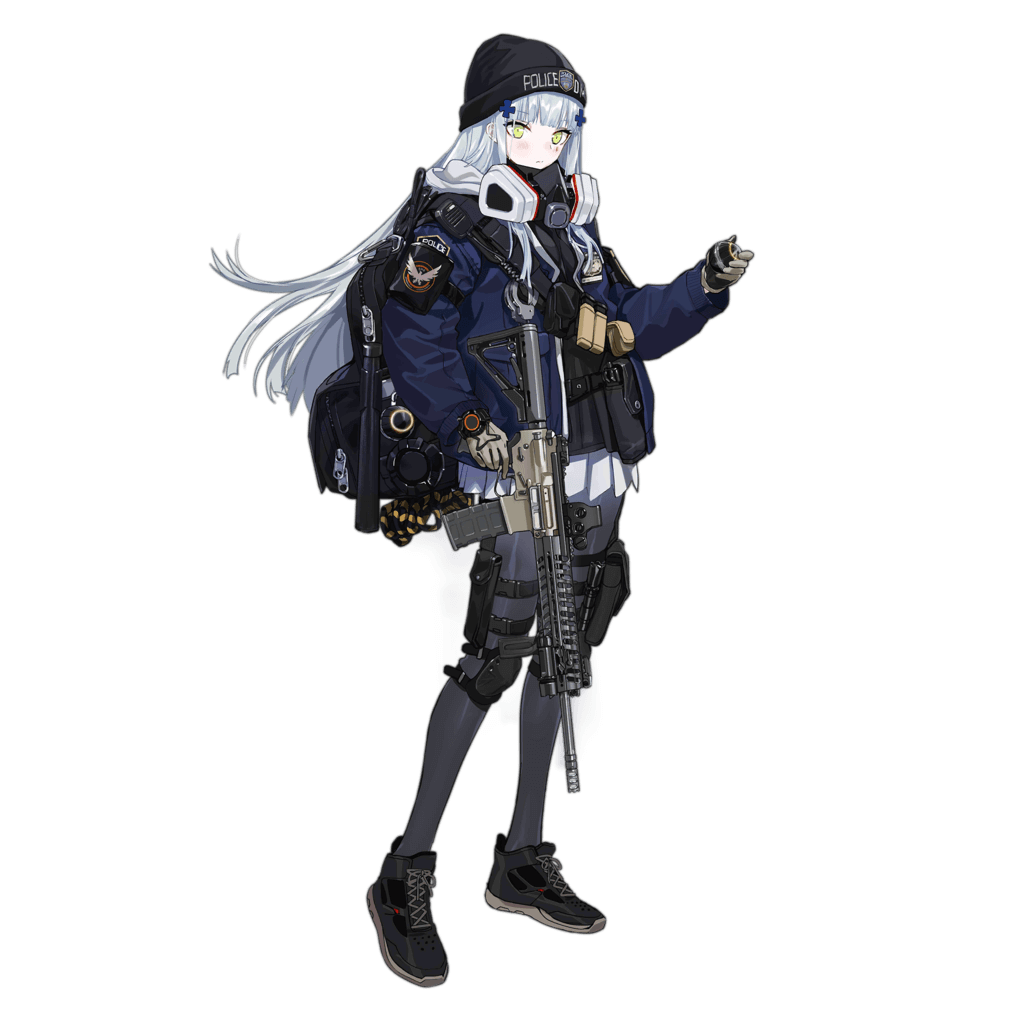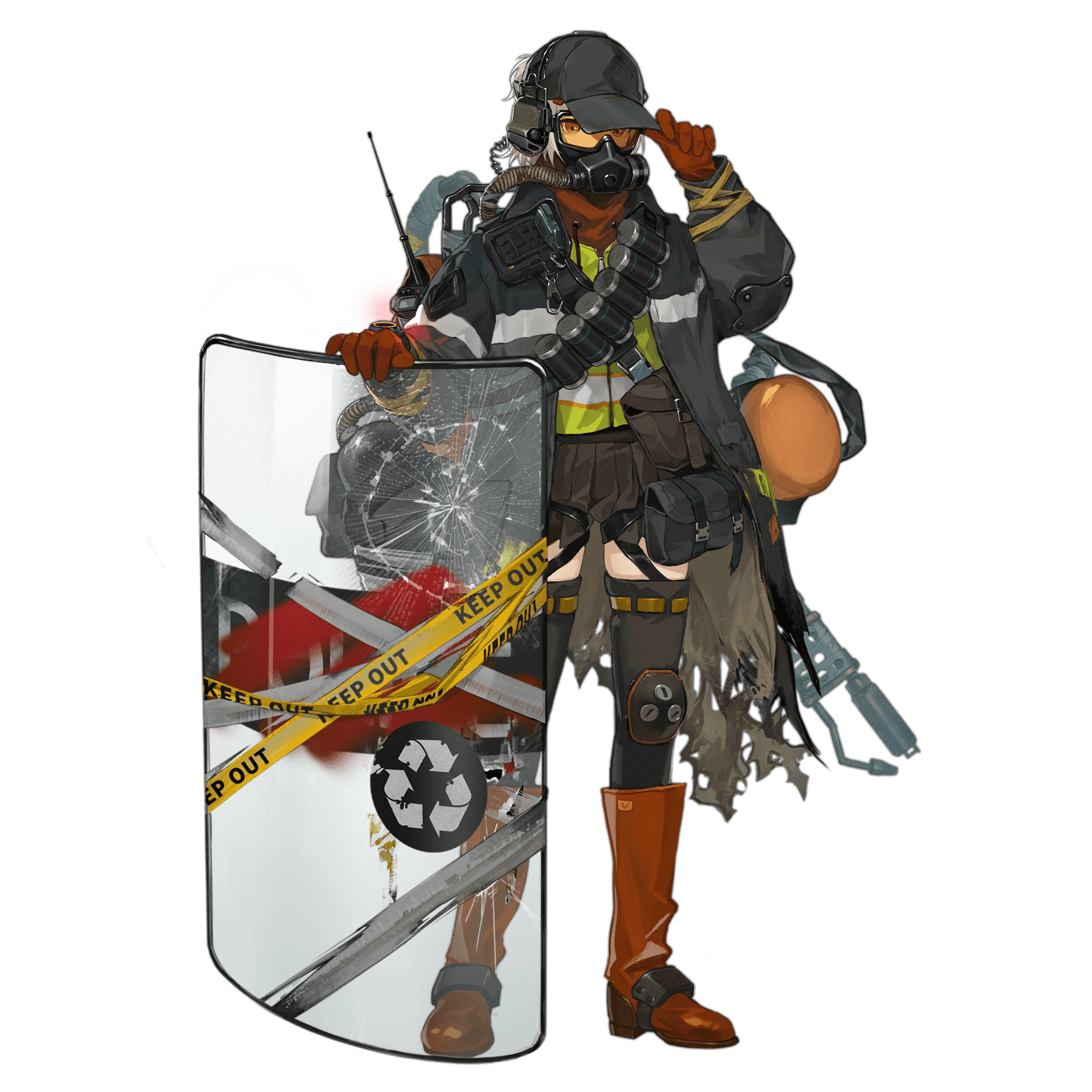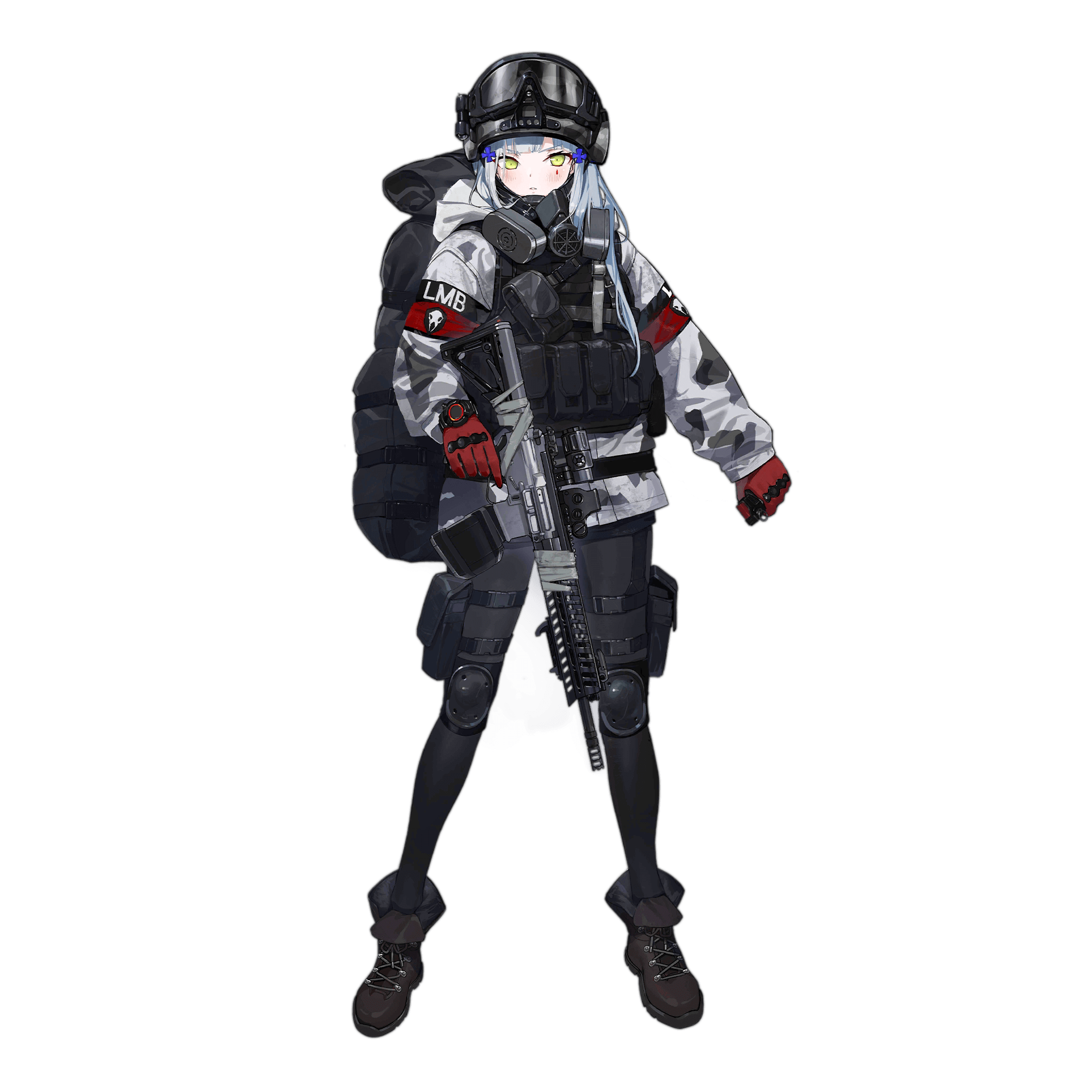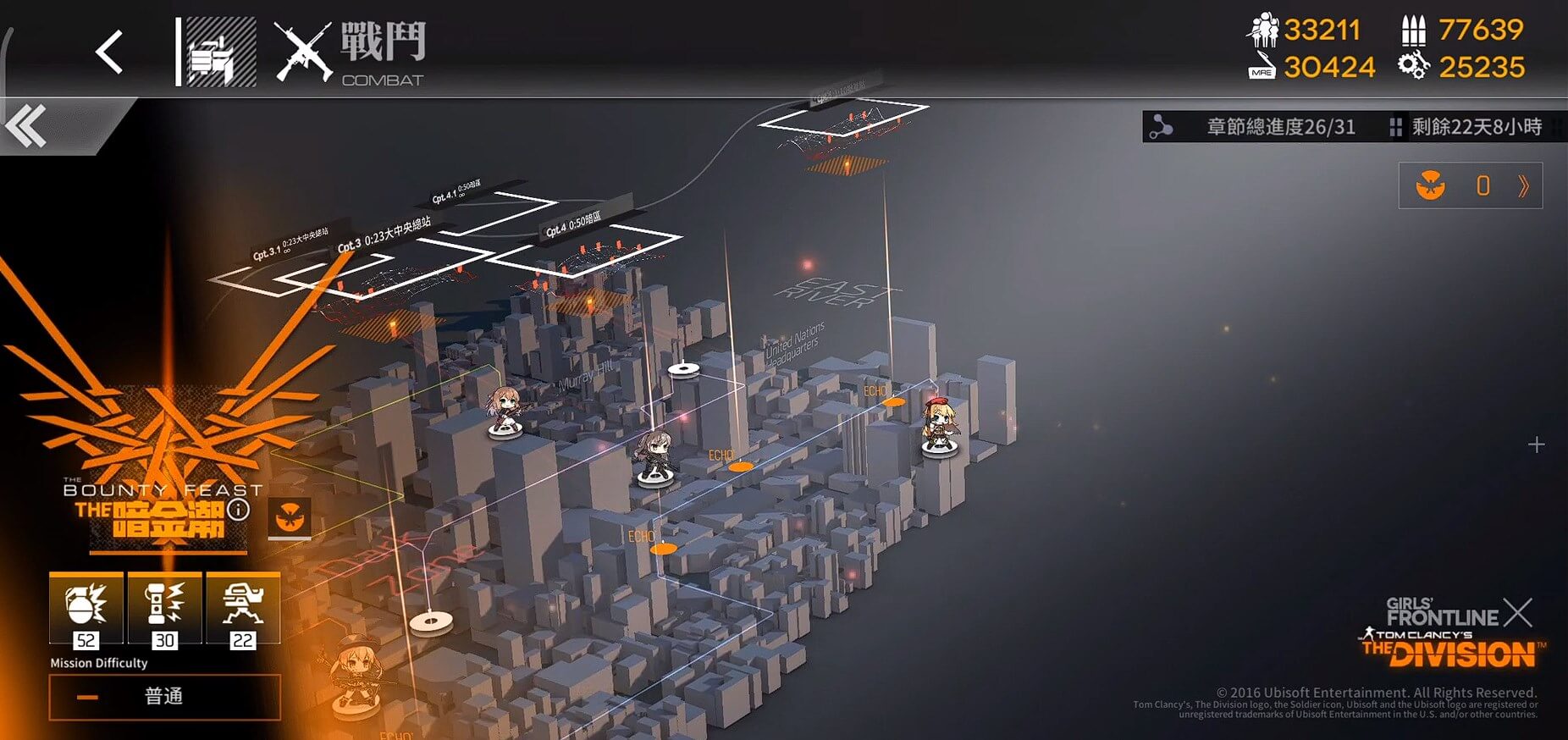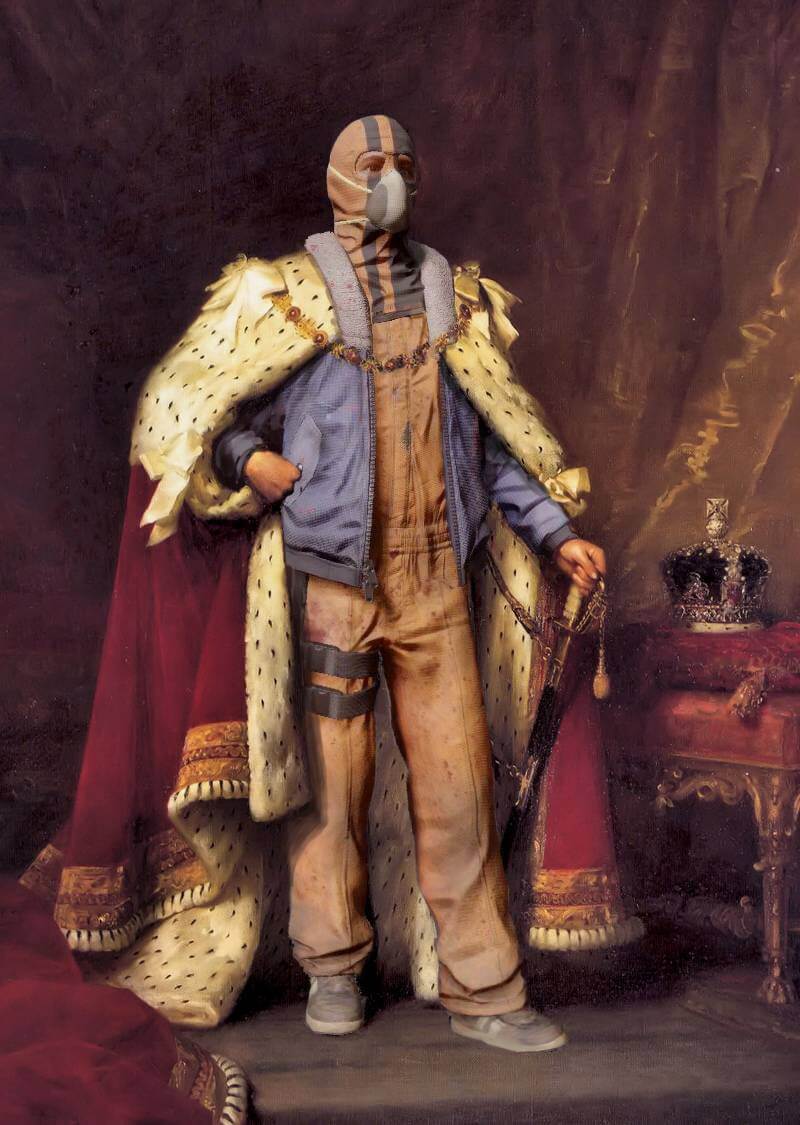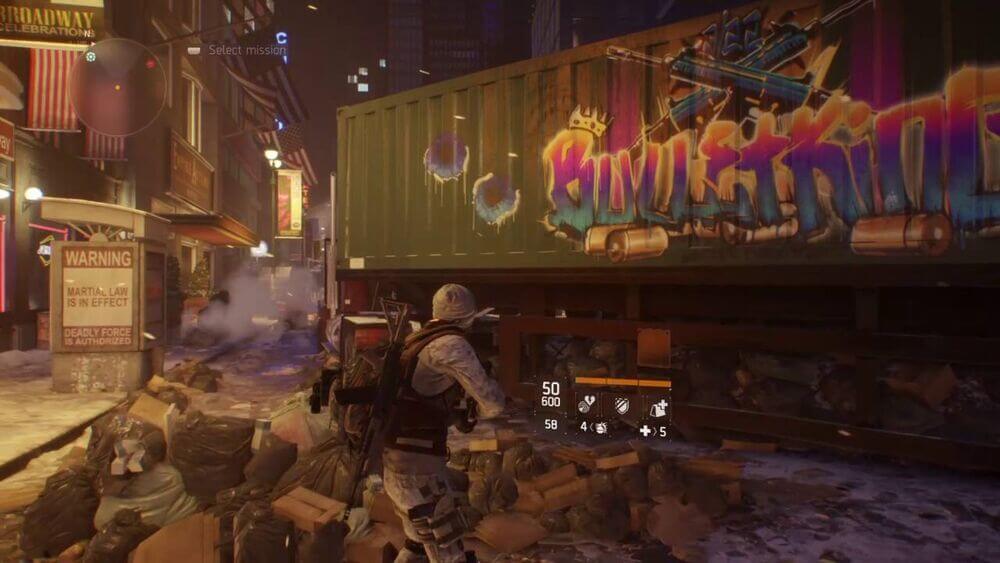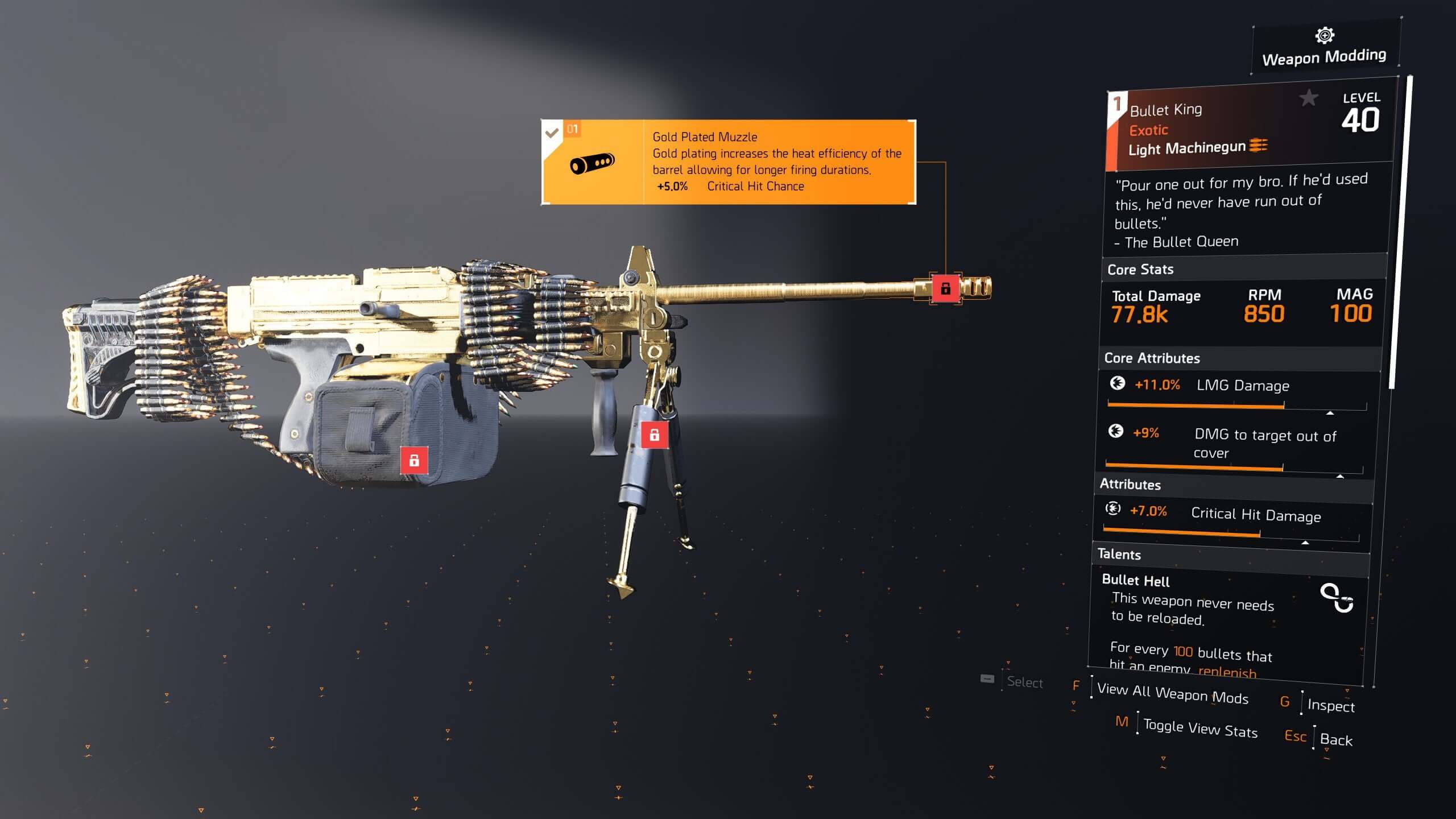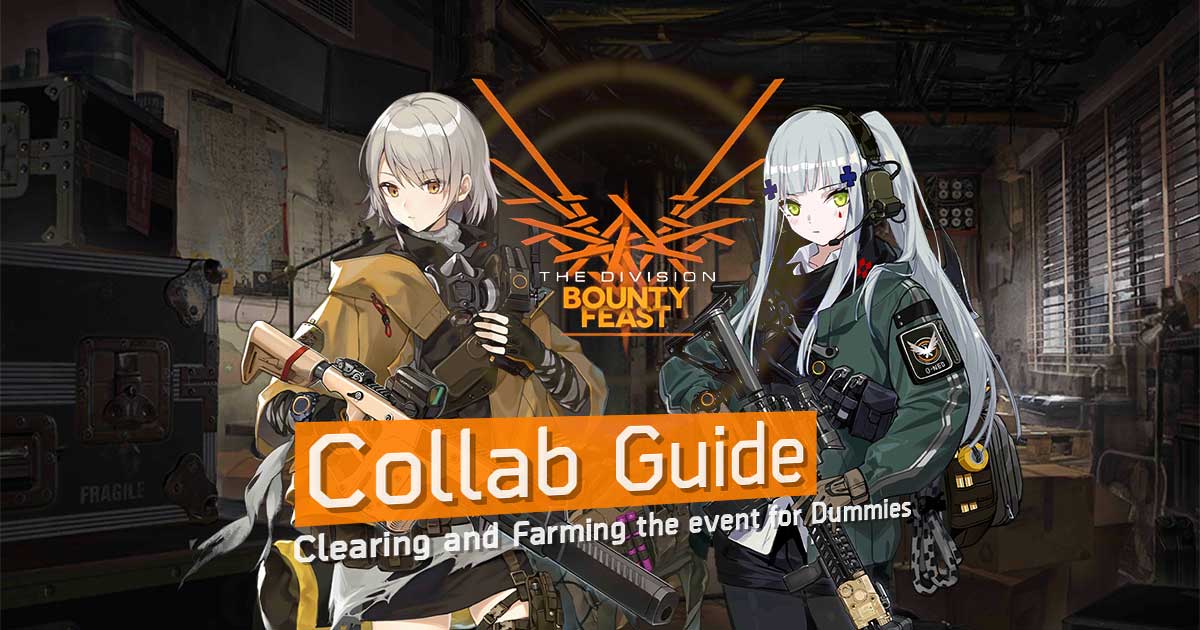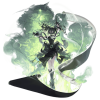Intelligent System Analytic Computer reactivated...
...
All ISAC subsystems operational...
...Self-diagnostic complete...
All equipment functioning within normal parameters...
All vital signs normal...
...Placing waypoint...
Introduction
Greetings Commanders or should I say Agents? The Bounty Feast is upon us. A collaboration event between The Division and Girls’ Frontline. This time around our fearless Dolls will be participating in a round of Survival. The event focuses on The Division’s gameplay aspects and inside jokes rather than its overarching plot, story elements, or background information.
Some of that juicy lore will be included here, but only as far as giving context to the event. If you want to know more about The Division, you’ll have to pick it up and play it for yourself!
Big thanks to IvanTheMadLad#2049 for giving me access to their official “The World of The Division” art book in exchange for my half-eaten Big Mac meal.
What is Survival?
Survival was the second expansion for The Division which introduced a new game mode, aptly named “Survival”. The game mode offered both Player Vs Environment (PvE) and Player Vs Player Vs Environment (PvPvE) action depending on what a player queued for. It could be played solo and in a premade, or matchmade group for both queue types. Up to 24 agents could participate in a single round.
Survival sees agents stranded in the middle of Manhattan, New York during a vicious snowstorm after their helicopter crashes while in route to retrieve experimental antivirals from the Dark Zone. Wounded, completely without supplies and suffering from a Sepsis infection, agents must brave the hostile freezing city in search of Food, Water, Medicine, Clothing, and Weapons to keep themselves healthy as they fight their way to the Dark Zone, retrieve the antivirals and call for extraction.
Remember, ground loot does not exist in separate instances in this game mode, even among party members, like the normal game. Each instance of a “drop” is exclusive and once picked up, it is removed from the ground for all agents within the round. If playing Survival with a team, careful management of Food, Medicine, Weapons, Armor and even Clothing is vital because while these items can be shared among each other, they are finite. Resources and even NPCs do not respawn in this game mode!
Mechanics
Safe Houses
This is where an agent’s journey in Survival will begin. Safe Houses provide a safe haven from not only the dangers of the environment, but from other players as well. PvP is turned off within Safe Houses. It is where agents will take care of all their crafting needs, so these spots will see frequent visits, even if it's only to warm up. Each Safe House has multiple entrances for both ease of access and to prevent potential griefing of players camping a single entrance. The entrances are brightly lit and denoted by an orange circle in front of each door to make them easily spotted during the heavy snowstorm.
Hideouts
Hideouts offer a brief respite from the cold while potentially containing valuable resources. PvP is not turned off in these areas and enemies often spawn and use these locations as hangouts. Be prepared for a fight at all times in these locations. Nevertheless, these areas serve a similar purpose to the Oil Barrels outside of simply being a lootable area. Upon entering, an agent’s Cold Meter will immediately begin to fill back up.
Hideouts come in a few different forms, from the subway, department stores, and apartment buildings. The warm glow of working electrical lights signal the entrance to a safe haven from the cold for agents caught in the blizzard.
Cold
Also referred to as “Temperature” is a self-explanatory condition. Your agent is freezing and at risk of dying of Hypothermia if the situation is not rectified soon. The environmental temperature continues to decrease as the game goes on, making it progressively harder to keep warm as the game goes on. The indicator in the upper right of the screen will allow an agent to monitor their Temperature status.
- Clothing Temperature (Left)
This is an agent's Temperature Threshold. The goal is to push this number as close to, or higher than the Freezing Temperature by equipping warm clothing of high quality.
- Freezing Temperature (Right)
Monitors the temperature of the environment. As the game progresses, the environment becomes colder.
- Cold Meter (Red Bar)
The bar drains slower as a player gets warmer. Once a player reaches the Freezing Temperature exactly, the bar will no longer decrease. Being warmer than the Freezing Temperature will cause the bar to fill up, the same effect as standing near fire or within warm areas.
If the bar depletes completely, an agent’s HP will steadily decrease until they are either dead or warmed up again.
During the early game, warm clothing will be hard to come by, making the freezing city of Manhattan extremely dangerous to even explore. This is remedied by Oil Barrels, Burning Wreckage, Safe Houses and Hideouts which can be found at scattered points across the entire map. Agents can start a fire in Oil Barrels which will fill their Cold Meter and prevent it from falling further as long as they remain in the radius of the fire. However, once an agent leaves the comfort of the flame, they will return to being cold immediately. Be careful sitting around too long, as a burning barrel is like a signal fire to any threatening players. Warm up, plan quickly, and move out.
One of the first objectives of agents in Survival is to find warm clothing. Vanity items (those used to change your appearance) have received a beneficial stat exclusive to this game mode called “Cold Resist”. These items can be found in boxes, loot crates, luggage, as NPC drops, and even looted off other dead agents. Clothing can also be crafted by using Fabric of various rarities found throughout the map. Just like gear, these clothing items now have different rarity values. Higher rarity equates to higher Cold Resist.
Disease
From the get-go your agent is injured and has begun to develop Sepsis, a life-threatening infection.
The infection acts as the soft-cap time limit for the duration of that round of Survival. Every agent within the round starts with the same Life Expectancy. Once this timer reaches zero, you die, and cannot be revived by anyone.
Don’t fret as this timer can be temporarily halted by using Medicine or Painkillers. Medicine is the more effective and coveted resource here, stopping the timer for a full 5 minutes. Painkillers are slightly more plentiful while keeping the timer stopped after use for 2 minutes. Both of these resources can be found by looting red medical bags typically found at Landmarks, Medical Aid Stations, and Ambulances found throughout the city.
Don’t dilly-dally for too long because an agent will begin to develop a resistance to these medications the more they are used, resulting in the infection being halted for less time after each use.
Hunger
In Survival, the Hunger status is directly linked to Health Regeneration. If hungry, the HP bar will not regen on its own past the current slice (3 total). This can leave you hopelessly stuck with less than full HP unless food is eaten, or a Medkit is used to completely heal. An agent will not die from hunger, but it will greatly impact their ability to survive since Medkits are a rare find among the already limited loot within the city.
Hunger can be satiated by eating Energy Bars or Canned Food. Like all items, food can be used in combat and will even allow an agent’s HP to regenerate in the midst of battle as long as they aren’t being damaged. Food items can be found in refrigerators, ice chests, and backpacks throughout the city.
Thirst
The Thirst status is linked directly to an agent’s awareness of their environment and aids in locating any lootable containers in the world. In Survival, the mini-map is disabled, leaving players to rely on the ISAC Systems highlighting of containers in orange to provide them indication that something valuable is nearby.
Thirst is decreased by drinking Water, or Soda. Controlling this status causes an agent's detection range to become much stronger for a limited amount of time and enables ISAC to pinpoint lootable containers through obstacles or buildings. Like Hunger, players will not die from being Thirsty, but managing it will lead to the discovery of many other valuable resources like medicine, clothing, crafting materials, and more.
Crafting
Agents will come across various resources such as Tools, Electronic Parts, Weapon Parts, Fabric, and Division Tech. Each of these resources come in the various shades of rarity already present in the game (White-Common, Green-Uncommon, Blue-Rare, Purple-Epic, Yellow-High End) and are used to craft many important items needed to survive. Some craftable items may even require survival resources to create. For example, the Support Station and First Aid SHD Tech skills require 1 Medkit each to craft, among other resources.
The variety of craftable items include:
- Medkits
- Weapons
- Armor
- Warm Clothing
- SHD Tech (Player skills)
- Flare Guns
- Virus Filters
The Flare Gun and Virus Filter are the special ones here. The Flare Gun is required to call in an extraction within the Dark Zone once an agent has retrieved their antivirals.
Virus Filters are the required item to progress within the game mode. An agent must upgrade their Virus Filter to a certain level before they are even able to enter the Dark Zone. There are also highly contaminated areas found throughout Manhattan which may contain valuable items. These special areas are not a requirement to enter, but those with an upgraded Virus Filter might find themselves in an advantageous position by being able to explore them.
Landmarks
Designated areas where powerful foes may be found. They are denoted on an agent’s overall map by a purple fist icon. If an agent is prepared enough, taking on one of these points may lead to gaining an upgrade to their own arsenal in the form of weapon and armor drops from the NPCs present. Be cautious, however, as there is nothing preventing enemy players from interfering as a third-party.
Dark Zone
Once in the Dark Zone, an alert will be sent to all other players within the match indicating that someone has entered the Dark Zone. This usually means it's time to kick it into high gear if you’re still not prepared to enter. Agents will need to fight their way to the experimental antivirals somewhere randomly on the map and use their crafted Flare Gun to call for extraction. Each agent has their own separate location to retrieve their antivirals from, even among party members.
The Dark Zone shares similarity with its usual existence outside of Survival, with a few caveats. Many of the enemies found in Survival’s Dark Zone are of the highest difficulty level. These enemies always drop High-End (Yellow rarity) caches. These crates give gear depending on the type, such as Weapon, Skill or Gear caches. This is where the reward from the game mode comes in. Agents will want to fill up their very limited Dark Zone inventory space with caches relevant to the type of item they are after before calling for extraction.
Upon an extraction being called, agents must survive for 3 minutes as the helicopter approaches and lands. Standing between an agent and victory is not only potentially other agents, but also Hunters.
Hunters are powerful, elite level enemies that are regarded as the hardest enemies in the game. Their AI is tailored to act like players, using skills and cover much like other player-controlled agents to deadly effect and with one sole purpose: to kill Division agents. The many glowing Division Watches on their gear are both trophies and a warning of danger.
The amount of Hunters that spawn depends on the size of the group calling for extraction. For example, if only 1 agent is present at the time of the call, only one Hunter will spawn. If there are 8 present in the vicinity, 8 Hunters will spawn and so forth. Agents can not extract until the Hunters have been killed and if new agents arrive to an extraction, even after all Hunters have been eliminated, more Hunters will spawn equal to the number of new arrivals and must be killed.
The extraction helicopter is a first-come-first-served vehicle. Meaning that an agent’s extraction helicopter can potentially be “hijacked” by another agent or team by getting into the chopper before the agent who originally called it in. If this happens, the agent will need to craft a brand new Flare Gun, or attempt to hijack someone else’s extraction, but they must also fight the Hunters all over again too.
Division Lore
ISAC
Also known as the “Intelligent System Analytic Computer”. ISAC is a highly advanced artificial intelligence available to all Division agents equipped with an SHD Tech transceiver. This AI is the backbone of all Division activities and technology.
ISAC provides key field operation services such as communications, real-time analytics, remote data collection and retrieval, weather telemetry, and interaction with miscellaneous technology. It can sort and analyze field sensor information, relay alerts and updates, identify human targets or contacts via biometric markers and set waypoints to strategic points of interest.
SHD Tech
Referred to as “Shade Tech”, this is the Strategic Homeland Division’s biggest advantage. This smart technology is linked together into an intelligent grid by the SHD global satellite network. SHD Tech is a catch-all term for all proprietary assets and systems employed exclusively by the Division and its agents. This includes, but is not limited to: pod launchers, turrets, seeker mines, portable stations, and some of the most innovative augmented reality (AR) systems ever developed.
SHD Tech gives off a unique electronic signature that can be immediately recognized by other SHD Tech-driven devices, allowing Division agents to identify when another agent is in the vicinity.
SHD Network
This network is the core of the agency’s technology. It links all dedicated assets directly controlled by the Division - drones and other unmanned aerial vehicles (UAVs), AWACS airplanes, and telecom satellites. The SHD network piggy-backs their output onto existing civil, commercial, and military networking structures (cell towers, WiFi hotspots, NASA and GPS radio navigation satellites, and more) to create a global web of connectivity and data.
One of the first objectives for an activated Division agent is to ensure that their connection to the SHD Network is stable and that any nearby hubs of connection are secured and fortified.
ECHO
Evidence Correlation Holographic Overlay, otherwise known as ECHO. ISAC can collect and assemble data mined from local devices and sources such as smart-phones, surveillance camera, satellites, drones and computers. This data can then be rendered into a "point cloud" that recreates events as 3D holographic images frozen in time and project onto the agent's AR-HUD ScanTek Lenses.
The images include audio of certain events, and sometimes identifying information about an event's participants, or outcome. This technology allows agents to not only gather intelligence but actually "see" critical evidence. The image segments replay in spectral orange hues and serve as useful resources in mapping out the environments as well as tracing hostile movements, missing person, or hidden caches of supplies.
SmartWatch
Every Division agent wears a SmartWatch. It serves as the hub of tactical field awareness for an agent and possesses the basic functionality of a military-grade PDA. Upon being connected to the accompanied transceiver typically worn on the backpack, the SmartWatch is an agent’s direct pipeline to ISAC and the encrypted SHD network.
The SmartWatch provides linkages to peer-to-peer and wideband communication, data collection and analysis, enhanced situational awareness and AR enhancement, electronic aggregation pulse, ScanTek contact lenses, and Drone controller interfaces. Division agents are able to communicate with other agents, hack communication systems, open electronic locks and computers, and scan themselves for injuries with the watch’s built-in Medical Evaluation app.
Once an agent has been activated, the coded emergency signal will light up their watch orange. The SmartWatch retains this orange glow until either the agent is killed or deactivated. The orange glow also serves as an unofficial identifier to law enforcement and military personnel that an individual is a Division agent.
ScanTek Lenses
All Division agents wear ScanTek contact lenses which allow ISAC to project an augmented reality heads-up display (AR-HUD) directly over an agent’s field of vision. This HUD is synced to ISAC’s real-time analysis of the environment, highlighting and identifying all relevant objects scanned. Because of this, much of the field data processed through ISAC and the SmartWatch can be transformed into visual indicators and readouts, providing the agent with instant visual feedback on any target within their field of vision.
Audiometric Earpiece
To accompany the ScanTek Lenses, each Division agent is custom fitted with a set of silicon-tipped earpieces to receive audio communications and ISAC’s situational feedback. These ear pieces are calibrated specifically for an agent’s hearing range, auto charge, and all feature rubber guards to protect ears from flashbang damage or other loud noises. These earpieces are also connected wirelessly to an agent’s SmartWatch.
Dark Zone
A quarantine zone in the middle of Manhattan that was frequently under patrol and controlled by the Joint Task Force (JTF) to ensure that those infected with Green Poison could be contained. However, riots and supply shortages forced the JTF to pull out, abandoning many of the Division’s first wave of agents and citizens to fend for themselves.
It is a mostly empty, lawless area, and isolated from the rest of Manhattan. Outside communication is limited and dangerous criminals and gangs roam the streets, fighting over the remaining resources available. A “no man’s land” filled with countless bodies and some of the most ruthless enemies.
Factions
Rogue Agents
During the initial activation of the first wave of SHD agents in the wake of the outbreak of Green Poison, some of the finest agents were deployed into Manhattan's brutal, hellish Dark Zone and established an outpost. They attempted to bring order to the grisly anarchy all around on the Midtown streets. After the JTF suddenly pulled out of the Dark Zone, leaving Division agents to fend for themselves, many forsake their original mission in favor of their own survival, or to follow other agent’s who had more ambitious visions.
A rogue agent’s SmartWatch will glow red as a result of being maliciously tampered with in order to gain back access to its features after being cut off from the SHD Network.
Fun Fact: A player’s watch will turn red when they go rogue in the Dark Zone in both The Division 1 and 2.
Last Man Battalion
A private military company founded and led by Charles Bliss, a highly decorated former officer in the United State Army’s Special Forces. The PMC is composed almost entirely of former soldiers from the army’s elite 75th Ranger Division and the CIA’s much feared Special Operations Group.
After the Green Poison outbreak, many panicked Wall Street financial firms hired the LMB to protect their servers and high-value physical assets stored in lower Manhattan locations. As the situation continued to deteriorate, Bliss began to clash with local authorities and soon the LMB found itself abandoned by the JTF in the Dark Zone. Several Days of savage street fighting convinced Bliss that the only course of action left was to retake New York City himself and use the city as a base to usher in a new world order.
Several rogue Division agents entered into an alliance with the LMB, becoming LMB captains. Working together, they would strive toward Bliss’ vision of a grim Darwinian future where only the strong survive.
Cleaners
Former New York City sanitation workers - garbagemen, public facility janitors, park custodians, street cleaners, water treatment plant operators, etc. Many commuted to work from outside the city, but got trapped in the urban quarantine zones during the early days of the outbreak. These blue-collar city workers banded together to take matters into their own hands after the failure of local and federal authorities to protect their health and families.
The Cleaners were organized and led by Manhattan’s sanitation supervisor, Joe Ferro as a self-proclaimed “cleaning crew” aiming to rid the city of the virus. Their method was brutal and elementary: flamethrowers fueled by napalm. The Cleaners incinerate anything and anyone suspected of carrying the disease, often including perfectly healthy survivors merely exposed to the virus.
No one knew the city’s bowels - the sewers, drainage tunnels, and subway lines - like Joe Ferro and his followers. They traversed the city’s underground passages armed with flamethrowers, fire axes, and firebombs, bypassing roadblocks and perimeter blockades with ease. They rose in unsuspecting districts and burned anything deemed to be contaminated.
Rikers
During the Green Poison outbreak, a temporary citywide power outage disrupted the public services in New York City. This included the notorious 413-acre prison complex on Rikers Island. The inmates took advantage of the blackout, overpowered the guards and staged a mass breakout. Dozens of dangerous felons were set free to pour into Queens, and then over the East River bridges into Manhattan.
The escapees found themselves essentially imprisoned on another island, this time by the quarantine of Manhattan. Larae Barett organized the convicts into a gang she called the Rikers. They treated the locked down city as a new Wild West where they took what they wanted, including revenge on any law enforcement elements. The Rikers ruled the neighborhoods like urban warlords in the vacuum created by the JTF's withdrawal.
The gang's rapid growth led to occasional infighting, but Larae's iron-fisted leadership kept clan rivalries from local New York gangs at bay.
Easter Eggs and References
MIKE Error
During The Division’s launch, the game was plagued with horrendous connectivity issues. Players reported a range of error codes preceded by letters in the NATO phonetic alphabet (Romeo, Oscar, Mike, Sierra, etc). The most common of these errors was the MIKE error, indicating a connection issue. Since The Division was an “always online” game, players were unable to play offline during these connection issues, resulting in typical rage-filled outbursts on social media and people jokingly blaming a made-up “Mike” for their problems. A subreddit called “fuckmike” was even created to air grievances.
Car Door Closing
During E3 2013, Ubisoft unveiled The Division for the first time and within the first trailer was the showcase of the player’s agent automatically closing car doors which impeded their path as they took cover. The crowd erupted at this dynamic action taking place without the need for player input and it quickly became something of a tongue-in-cheek joke within the community that spawned around the game. People joked about it so often that Ubisoft even began tracking the number of car doors closed in The Division’s closed betas.
If you want to check out the full sheet of statistics from the closed beta, click here.
In The Division 2, players can see how many car doors their agent has closed by selecting their gloves on the character selection screen.
There are even achievements and commendations for closing car doors.
Getting Stuck In Walls
Now this is an issue that still haunts players of both Division 1 and 2 to this day. Unfortunately both games are notorious for having issues wherein a player will become stuck within a wall or object, unable to get out unless they fast travel. The annoyance level rises even further when this occurs in instanced locations or while in combat because that means that Fast Travel cannot be used. Rev up that Alt-F4.
Costumes
Agent Vector and Agent 416 each have costumes available for purchase during the collab. These costumes are both based on existing DLC costumes for The Division. The N. Y. Firefighter (4th costume) and N. Y. Police (1st costume) outfits, respectively. The costume pack is called the “Frontline Outfit Pack”.
Each of the brand new collab Dolls possess brand new skills based on skills within The Division. Agent Vector’s skill is Mobile Cover, while Agent 416’s skill is Sticky Bomb. Collecting and equipping their SPEQs (3 each) will enhance their skills to be more effective.
Side Note: Vector and HK416’s “Hellfire” and “Fang” costumes, respectively, have red rogue agent Division watches. While the LMB partnered with rogue agents in The Division, the Cleaners did not. It isn’t until later in The Division 2 when Vivian “Uranus” Conley joins up with the cleaners as the first (and only known) rogue agent to work together with the Cleaners.
-
Agent Vector
"Searing Edge" -
Agent 416
"Defender of Manhattan" -
Vector
"Hellfire" -
HK416
"Fang"
Joe Ferro Mini-Game
Within in the event lies a mini-game players can participate in against either Agent Vector or Agent 416, while playing as either Agent Vector or Agent 416. While the sprite of the boss may be the Dolls we're familiar with, the name is that of the Cleaner's head boss, Joe Ferro. The fight features unique controls and mechanics tailored for The Division experience.
Event Map
There isn't much to say about this one. The event's mission select map is designed to look like the SHD Network map players use to navigate in The Division.
Side Note: The event also features loading screens and official tracks from The Division Soundtrack.
Division Shield #9 Fang
During the lead up to The Division 2’s release, Ubisoft implemented several special Commendations (in-game achievements) called Shields a player could unlock and earn content for both The Division and The Division 2 when it was released.
Among these Shields was #9 Fang. The Fang Shield was acquired by completing every available Legendary difficulty mission in The Division. These were the hardest pieces of PvE content the game had to offer. The list of missions was as follows:
- Legendary Time Square Power Relay
- Legendary WarrenGate Power Plant
- Legendary Napalm Production Site
- Legendary Amherst’s Apartment
- Legendary Grand Central Station
- Legendary Madison Field Hospital
- Legendary General Assembly
Kandel Formulation
The Kandel Formulation is an item obtainable in the event shop in exchange for Phoenix Credits. It serves the same purpose as a Combat Report.
This item is named after Jessica Kandel, a virologist working with the Joint Task Force. Kandel was in charge of the Medical Wing in the Base of Operations within The Division. She is widely known in her profession as a gifted and obsessive geneticist. As someone with a passion for microbiological puzzle-solving, Kandel is extremely adept at decoding viral genome sequence data.
Throughout The Division's story, agents are tasked with investigating viral hotspots for Dr. Kandel and collecting viral samples and data. By the end of the game, Kandel is able to come up with a cure for the "Green Poison" strain of the smallpox virus.
Phoenix Credits
Phoenix Credits are a currency in The Division exclusively used to purchase end-game gear from vendors. Some of the best items in the game are obtainable through these vendors. The credits can be earned through daily and weekly challenges or farmed quite easily in the Dark Zone.
Bullet King
Last, but not least, the King himself. The Bullet King is an NPC enemy in The Division that became famous due to an exploit in early versions of the game. The exploit allowed players to respawn named enemies infinitely, as long as their accompanying minions were never killed. This enabled players to collect high-end loot over and over again. Bullet King in particular became popular because his spawn location was the closest to a safe house out of all the named NPCs available - the Autumn’s Hope safe house - making him the easiest to exploit.
The meme of “One does not simply stop Bullet King from coming back to life” started because Ubisoft’s first patch of the exploit did not prevent Bullet King from infinitely respawning and they were forced to take down the servers again to finally prevent him from reviving. Ubisoft even made a facebook post saying farewell to Bullet King. A graffiti tribute was added to the truck near his spawn location too.
Bullet King was later re-added to the game once more as a respawnable boss in a later version of The Division. He can be found in his original spawn location.
In The Division 2, Bullet King received a tribute in the form of an exotic IWI Negev Light Machine Gun. It is solid gold and able to continue firing all of its ammo without the need to reload. Ammo is replenished every 100 bullets that hit an enemy, enabling a near-infinite stream of fire - a throwback to the original exploit
When the collaboration event ran on old servers, a Tactical Gacha set was featured which contained costumes that were not linked to The Division. However, the furniture set was because it was tailored after a Division Safe House. The Bonus Effect for possessing the full set was none other than Bullet King himself.
Sadly it does not seem EN will be getting this set any time soon. Players will have to sit tight and wait to have a chance to chill with the one and only Bullet King.

